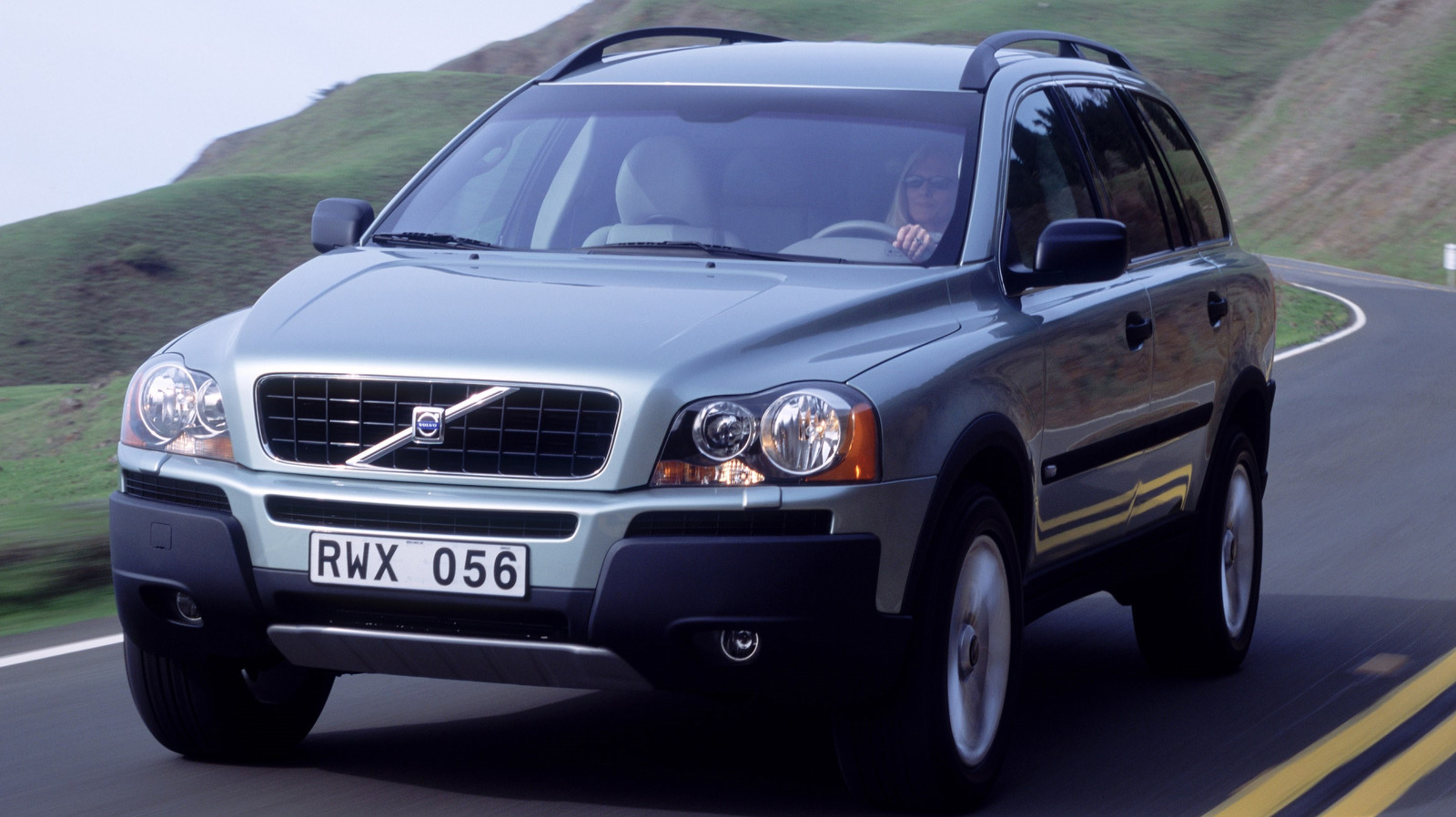
That sickening feeling. You check your mirrors, signal, start to merge, and bam! Horns blare, and suddenly there’s a car where you swore there was only sweet, empty asphalt. Blind spots, the bane of drivers, the phantom menace of the highway. For years, the solution was a purely analog combination of “Crank your neck like you’re trying to spot a UFO” and the ever-reliable “Adjust your darn mirrors!” But then Volvo, those glorious Swedes obsessed with making sure you don’t become a traffic statistic, decided to throw some honest-to-goodness tech at the problem.
Back in 2003, Volvo, a brand synonymous with not ending up in a crumpled heap, putting safety and style at the forefront even in 2025, strapped what many call the first production blind-spot monitor to its then-new XC90 SUV. It wasn’t perfect, not by a long shot, but it was a start.
Volvo’s history is crowded with safety innovations. It famously gave us the three-point seatbelt and then, bless its socialist heart, let everyone else use the patent. So tackling blind spots wasn’t a shocker. The first-gen Volvo XC90, its initial foray into the SUV scene, became the chariot for this pioneering tech, officially dubbed the Blind Spot Information System (BLIS). Now, the claim of “world’s first” in car tech is always a bit like claiming to be the first person to put pineapple on pizza – controversial, and someone else probably did it in their shed years ago. But for a system you could actually buy on a car meant for hauling kids and flat-pack furniture? Volvo was it.
Before Volvo had your back: mirrors, schemes, and a Ford
Long before your dashboard had more processing power than the Apollo missions, battling the blind spot was a decidedly low-fi affair. Some bright folks, like engineer George Platzer in 1995, argued that if you just angled your side mirrors way out, you could pretty much zap those pesky blind spots. It’s a solid tip and, to be fair, a lot of people still don’t do it properly. Platzer even got a patent for a blind-spot composite-mirror design. But let’s be real, relying on everyone to be a mirror-adjusting savant and stay alert is optimistic.
Then there’s the Ford GT90 concept from 1995. This beast, a V12 wedge of pure awesome, apparently had some sort of blind-spot monitoring system using infrared sensors. Pretty trick for the time, but — and it’s a big one — it was only a concept car. You couldn’t buy it. Volvo, meanwhile, had been tinkering away, and its Safety Concept Car in 2001 showcased an early version of BLIS, using cameras and radar in the mirror housings.
So how did the 2003 XC90’s system actually try to save you from yourself? The history’s a tad fuzzy on whether the first test models had both cameras and radar. Volvo’s materials are a bit coy, with one webpage mentioning “cameras or radars” and another pointing to digital cameras tucked into the door mirror housings, scanning the blind-spot zones. If they spotted a vehicle, a warning light inside the car would illuminate. Ultimately, while some ideas end up as the worst car safety features ever conceived, BLIS, for all its eventual quirks, wasn’t one of them.
BLIS: blurry, brilliant, or a bit of both?
On paper, BLIS was a game changer. But this was early-2000s tech. Think dial-up modems for your car’s eyeballs. The camera-based system had its off days. Snow or intense light could make it throw a false positive. Keeping the lenses clean was paramount, although in typical Swedish fashion, Volvo ensured the small cameras were heated to prevent ice — a nice touch for the snowy months.
And it was a bit particular about what it chose to see. It was programmed to recognize cars, trucks, buses, and motorcycles, but not bicycles or mopeds. A car at night with no headlights on or a street light helping out — it might as well be a ghost. Some of these early tech quirks definitely bring to mind car features you would pay to remove if they were this finicky. Despite these charming eccentricities, the system was significant. Volvo even got an Autocar award for it.
It marked a shift from passive to active safety, with cars starting to take a hand in preventing the crunch in the first place. Today, blind spot monitoring, now usually using more reliable radar, is pretty common, often bundled with other safety goodies like cross-traffic alert. But the next time that little light in your mirror saves you from an accident, pour one out for the 2003 Volvo XC90. It was one of the first to try watching your back, even if its vision was still a bit 20/200.

